The importance to English bass making of the great Italian double bassist Domenico Dragonetti has been underestimated. Bass makers Thomas Martin, Martin Lawrence and George Martin reveal how the musician and his Gasparo da Salò instrument had a direct influence on London’s luthiers
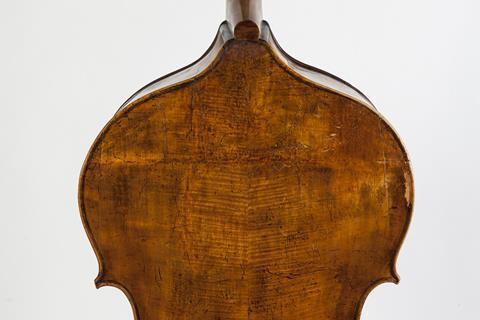
The following is an extract from a longer article in The Strad December 2017 – to read it in full, download the issue on desktop computer or via the The Strad App, or buy the print edition
In the second half of the 18th century, Joseph Hill I and his son Joseph II together produced a good number of double basses that were fairly typical of the time – a viol outline with a fully arched front and large Stainer-style f-holes, flat back and relatively shallow ribs. Dragonetti’s Gasparo instrument was startlingly different – an elegant violin-cornered outline, lean Brescian arching, very deep ribs and distinctive f-holes. It is not hard to imagine the stir that this double bass caused among his colleagues.
…
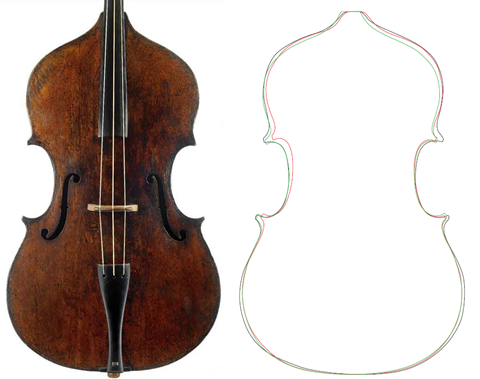
It seems that Dragonetti approached Panormo to make basses in the style of his Gasparo, but Panormo was determined to stick with his own preference for the Stradivari model. In the end the two were merged. The compromise was that the Panormo bass model was built with a back outline copied straight off Dragonetti’s bass and that the same rib depth was adopted. Against this, Panormo stuck with a determination to make a bass with a round back (although with a break – an angle bent across the upper back to reduce the rib depth at the neck – for ease of playing) and that his basses should have his preferred Stradivari-style f-holes and general modelling.
…
Thomas Kennedy seems to have been rather more accommodating than Panormo when it came to making double basses. Not only did his model copy the back outline and deep ribs of Dragonetti’s Gasparo bass, but also he seems to have been happy to use a flat back with break, and copied the f-hole pattern directly from the instrument.
…
The legacy of both Dragonetti’s and his Gasparo double bass’s time in London is not limited to the work of Panormo and Kennedy. Through them the classic English double bass model became established – notably featuring a flat back with a break, deep ribs and an outline based on that of the Gasparo, with violin corners.
To read the full article, download The Strad’s December 2017 issue on desktop computer or via the The Strad App, or buy the print edition
WIN: The English Double Bass, the upcoming book by Thomas Martin, Martin Lawrence and George Martin


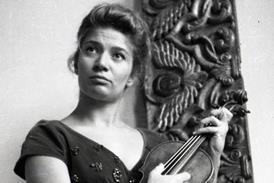


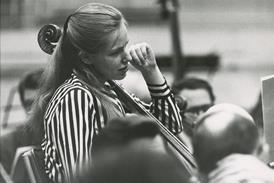



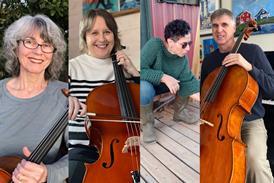
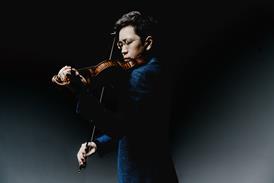
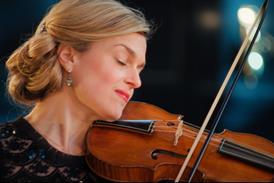

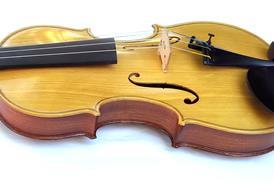









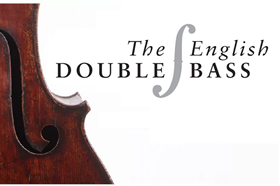












No comments yet